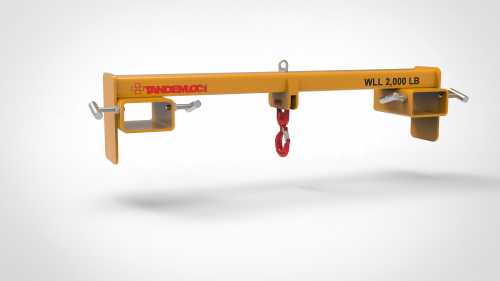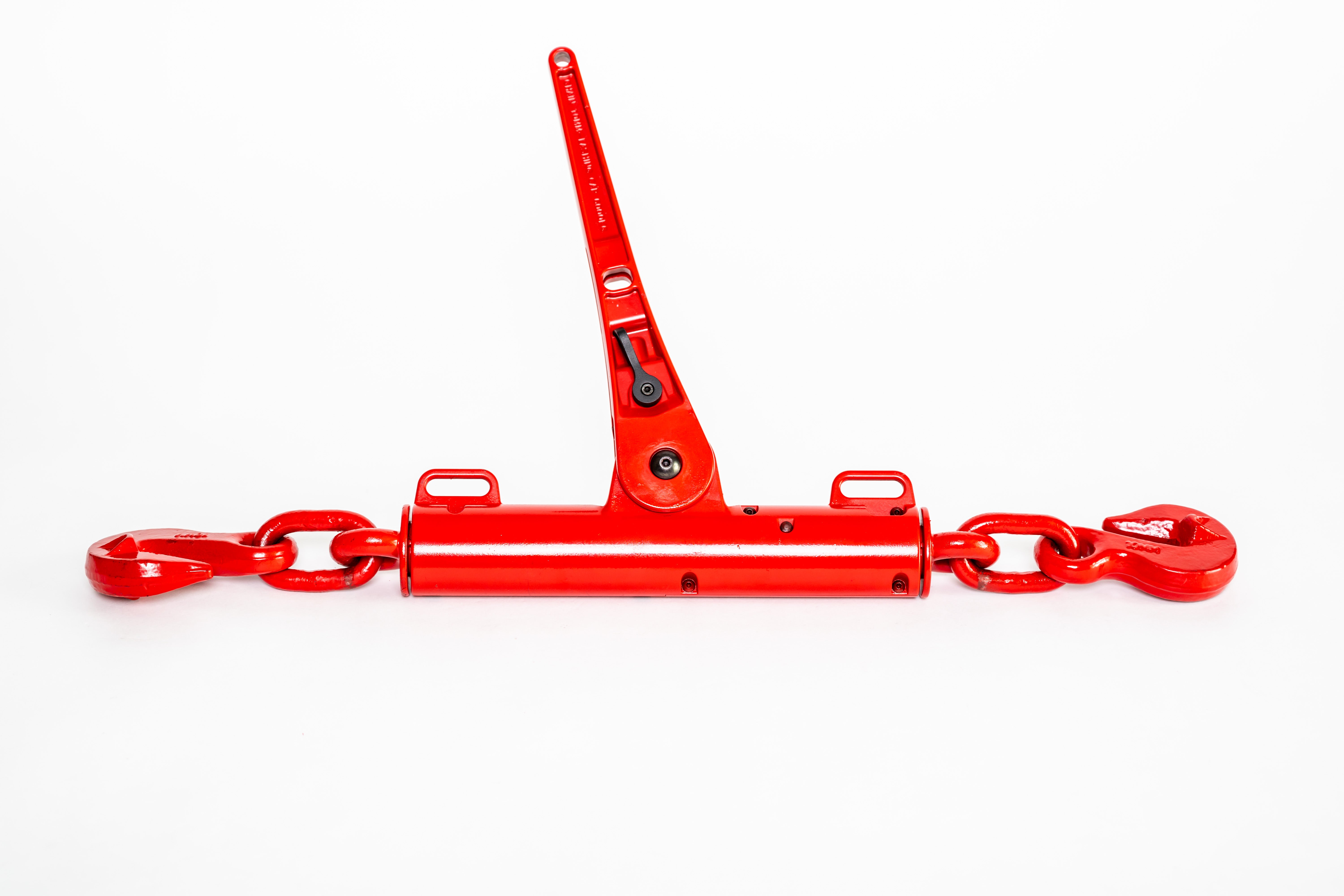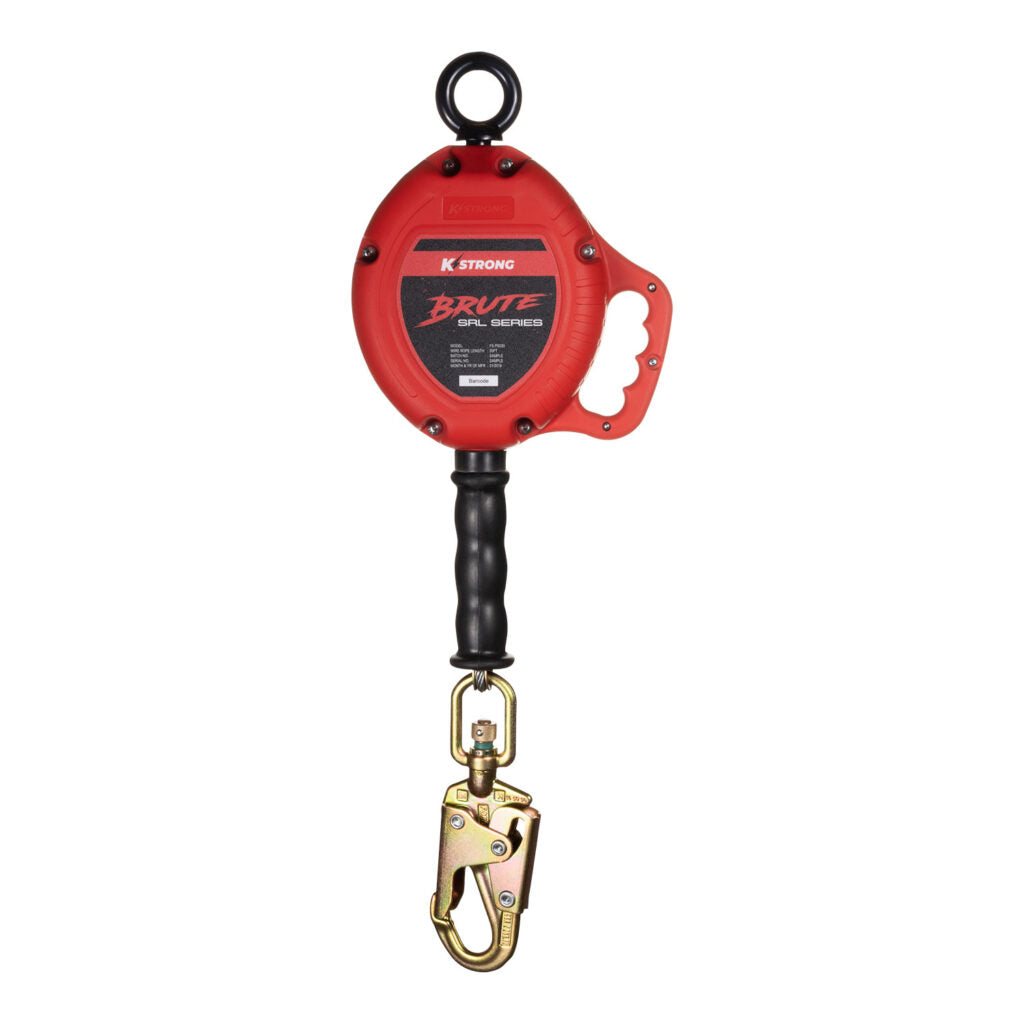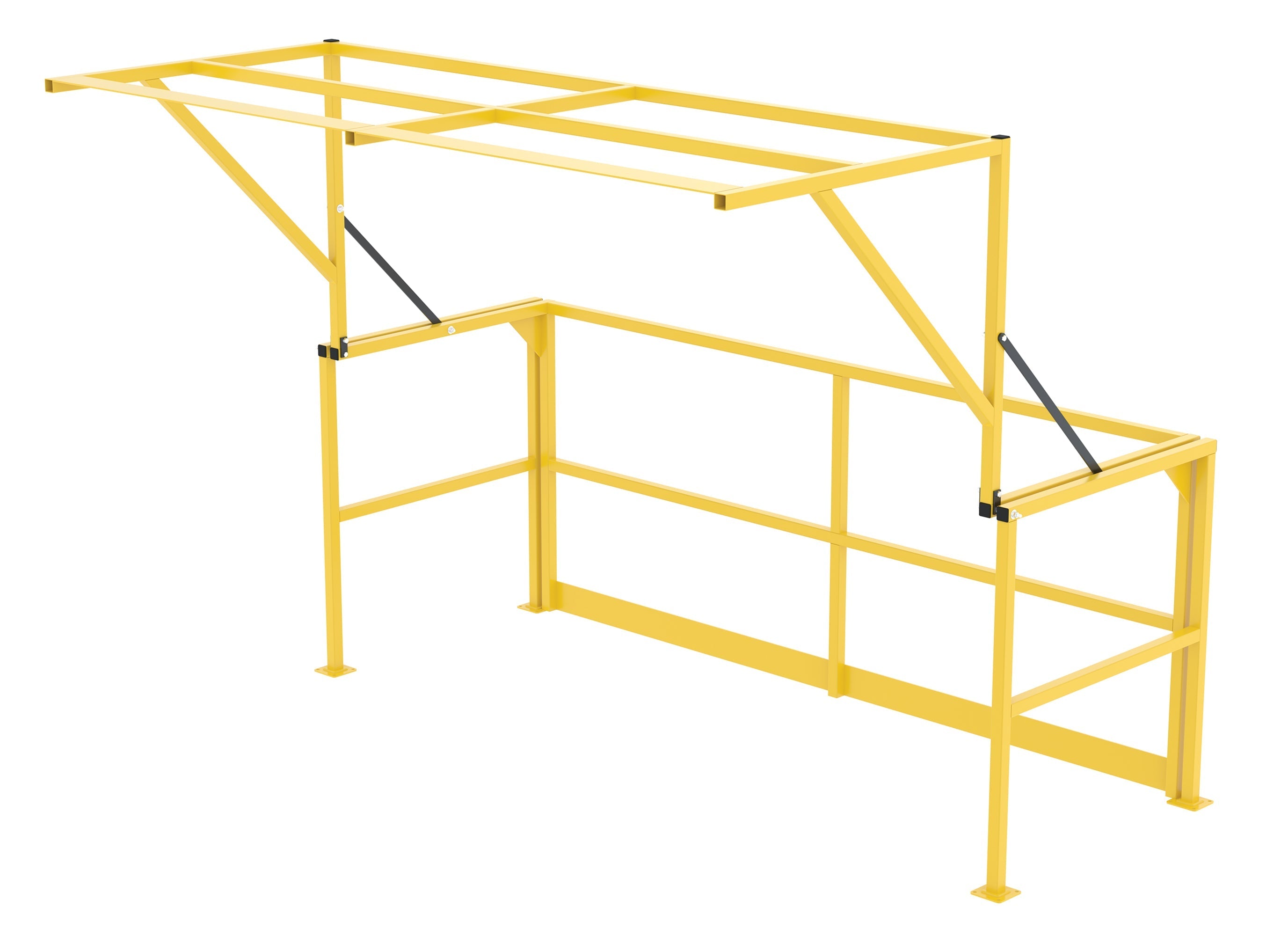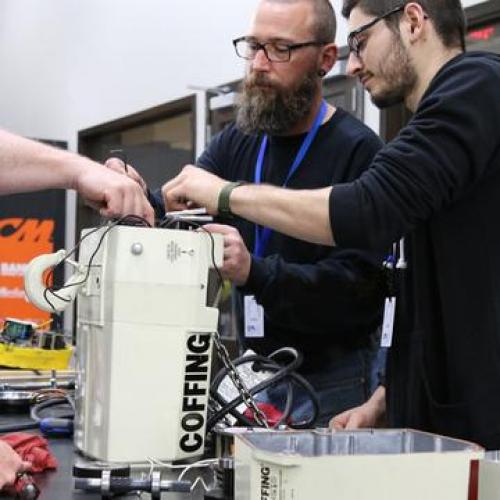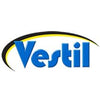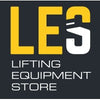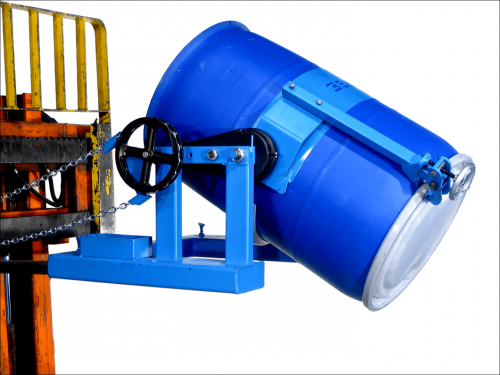If you are in an industry that deals with lifting heavy loads, then you would have heard of forklifts, but do you know all the uses the attachments have and how to use them?
We highlighted in a previous article titled 'What are forklift drum attachments and how do they help your company?' what this range of products can do, how they can help your company, the safety measures, and the benefits they can have.
This article is slightly different.
If you read the text below, you're going to get an overview of various types of forklift and drum attachments, what tasks each version is for, and how they work.
If during this article, you have any questions or need advice on any specific type, then please contact a member of our LES USA team so we can run through your options with you to find your ideal solution.
Let's dive in by starting off with...
DIFFERENT TYPES YOU CAN GET
At LES USA, we always want to ensure you've got the information you need to get the solution for your challenge. This is why we've listed below the different types you can use to give you an idea of what you might need for your business application.
JIBS AND HOOKS
Jibs and hooks attachments turn your forklift into a multipurpose lifting device. A jib is designed to slide and fasten onto your forklift. They can be used in warehouses, workshops, and factories. You can also get them custom-made to suit a particular job.
The main advantage of using jibs and hooks is they make the lifting and attaching of loads easy when you want to move a load from point A to point B. To use jibs and hooks simply attach your load securely onto the hook and drive at a steady speed to ensure the load is stable and secure.
Please remember to never exceed the working load limit (WLL) as this is what gives you a safe transportation process.
HOPPER ATTACHMENTS
You will likely find these being used for gathering trash and dumping it elsewhere, depositing waste into a dumpster, or a similar application.
It is used manually and has a cable that permits the operator to dump the contents. The hopper is easy to attach, simply slides on, and is secured using a chain.
You can get hoppers in various sizes depending on how much you want to lift- making them suitable for cleaning bigger messes. Hoppers are robust and they are an ideal accompaniment if you want to clear your workstation or floor. This attachment would be ideal for construction sites, machine shops, warehouses, and various other places similar to these.
 SPECIALIZED VERSIONS
SPECIALIZED VERSIONS
For more specialized products there are also pallet tippers, pallet rotators, and pallet pullers. Here's a brief overview to give you an idea of how each one can help you.
Pallet rotators allow safe and simple pallet pick up and rotation. The wormed gearbox in the pallet rotator allows controlled 360-degree rotation of the forks via a crank handle. The fork tines of the pallet rotator are adjustable allowing it to suit most pallet sizes.
The tipping pallet is ideal for handling flat material that needs to be moved elsewhere. It has a self-tipping mechanism that is activated via a spring so, it takes little skill and is easy for the worker to operate and tip where required.
Pallet pullers are an ideal solution if your maneuvering heavy loaded crates or pallets. You will find that they come with various jaw widths that grab the pallets securely and automatically release them. These come with a chain that can help fasten the load. You can also add a webbing sling for added security if you need it.
Different Versions
As we've already discussed different variations above, you've likely noticed how there are different ones you can purchase that will benefit you more depending on your industry.
You'll read below how the different types can make your life easier as well as being specifically designed for certain tasks within different industries.
TYPES FOR STEEL DRUMS
This version is for transporting steel drums.
Here's an overview of how you can use one. Lower the knuckle clamping mechanism around the steel drum, secure it tightly and then lift slowly the drum. The steel drum is automatically loosened from the grip by lowering the forks allowing you to remove and replace it with a new drum.

TURN AND POUR
This turn and pour accompaniment is used, as you might have guessed, to pour content out of steel or other types of drums. The drum may have hazardous or non-hazardous content inside, so this sort of attachment is essential for safety purposes. The drums turn and rotate a full 360 degrees, and it can be easily operated by using a pull chain which helps to empty the drum where required.

FIBER STEEL AND PLASTIC DRUM
This can lift fiber, steel, and plastic drums. It provides a simple and easy solution to picking, moving, transporting, and stacking steel, plastic, and fiber drums without any strenuous manual effort.
This can come with a single or double jaw and you can position the jaw accordingly below the rim and then secure the jaw above to ensure the drum is secure when transporting.

IS THIS SOMETHING THAT YOU NEED?
We recommend that you give yourself time to consider if you need one, and if so, which one?
If you work in any industry that is transporting loads, drums, or waste material then it's likely it would be ideal for you to have one in your inventory.
However, which one is a slightly different answer along with different questions you need to ask yourself before purchasing to ensure you've got the right spec to do what you need.
If you have read this and are still left with questions and thinking about which forklift or drum attachment is right for your particular challenge, then please contact a member of our experienced LES USA team who will happily help.


